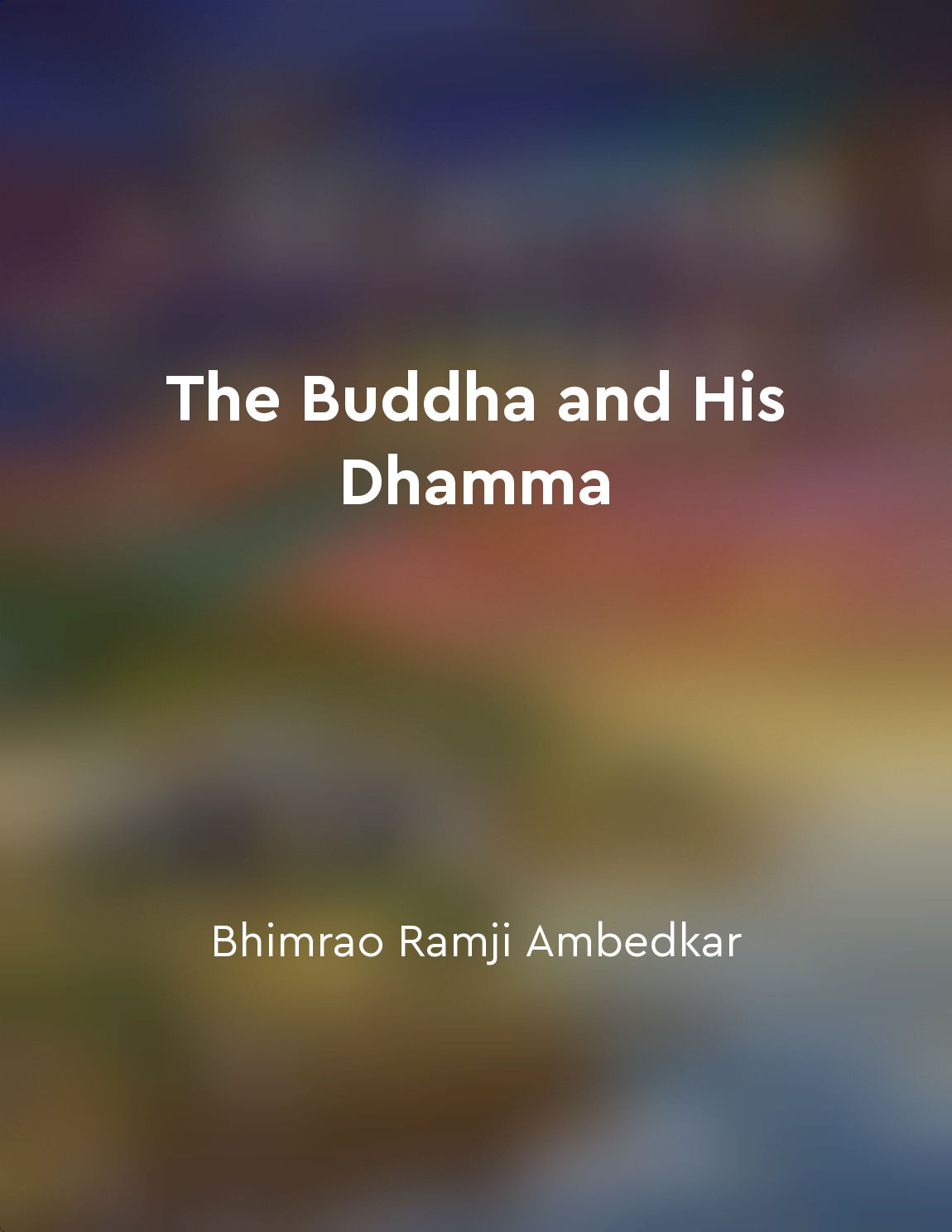Gandhi's nonviolent resistance inspired a nation from "summary" of India: The Ancient Past by Burjor Avari
Gandhi's nonviolent resistance was a powerful tool that he used to challenge British rule in India. This form of protest, known as satyagraha, encouraged Indians to resist oppression without resorting to violence. Gandhi's philosophy was based on the idea of ahimsa, or nonviolence, which he believed could bring about social and political change. Through his actions and teachings, Gandhi inspired a sense of unity and purpose among the Indian people. His commitment to nonviolence helped to unite...Similar Posts

Following the Buddha's teachings can lead to lasting happiness and inner peace
The Buddha's teachings are like a guiding light, showing us the path to lasting happiness and inner peace. By following these t...
Foster a sense of community
The concept of fostering a sense of community is at the heart of our social fabric. It is about building connections with those...
Respect shown to all viewpoints
In my journey of self-discovery, I have come to realize the importance of respecting all viewpoints. This principle has guided ...
Nehru's leadership postindependence guided India towards progress
After India gained independence in 1947, Jawaharlal Nehru became the first Prime Minister of the country. Nehru's leadership wa...
Embrace nonviolence as a weapon
Gandhi's belief in the power of nonviolence was not just a passive resistance to evil, but an active force that could be used a...

Emergence of Indian nationalism
The emergence of Indian nationalism was a significant development in the history of modern India. It marked a turning point in ...
The Mughal empire in India
The Mughal empire, which existed in India for over two centuries, was a period of great significance in the country's history. ...
